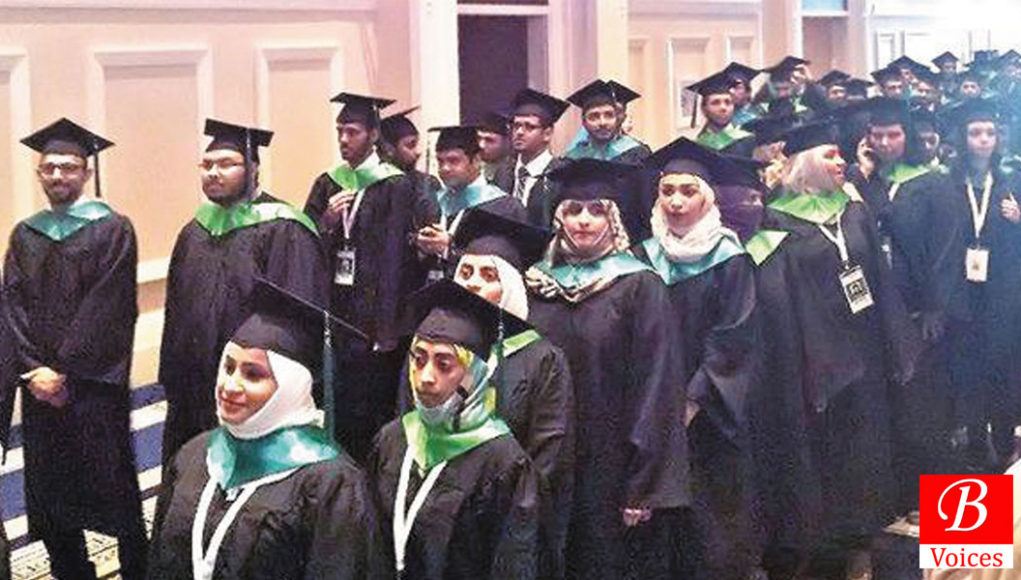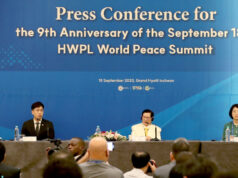Adnan Aamir
Quetta: Only two of Pakistan’s universities have made it into the Top 800 Times higher education ranking of 2015 as compared to 17 Indian universities. One of the reasons is that India and Pakistan invest differently in higher education. Pakistan spends just 7 rupees of every 1,000 rupees of its GDP on higher education as compared to 11 rupees by India.
Analysis of the south Asian universities in Times Higher Education Rankings and data released by Higher Education Commission (HEC) of Pakistan and World Bank show that Pakistan has to do a lot to improve its standard of university education.
Times Higher Education Rankings have been produced every year by UK based Times Higher Education Organization since 2010. The Top 980 universities of the world are ranked based on 13 indicators such as teaching, research, knowledge transfer and international outlook.
According to Times Higher Education Ranking 2015-16, there are 17 universities from India, two from Pakistan and just one from Bangladesh in the top 800 universities. There are 8,364 higher education institutes in South Asian region out of which 4,029 are in India and 314 are in Pakistan. However not all of them were evaluated for this study because this study only evaluates universities that meet minimum requirements.
Two Pakistani universities that made the cut in the Times ranking are among top the top three universities according to HEC Pakistan Ranking as well. HEC Pakistan rankings are carried out by HEC every year to rank universities in Pakistan under different categories including general, engineering, medical and so on. The two to make both lists are Quaid e Azam University and National University of Science and Technology (NUST).
Over the course of last decade, the number of people attaining higher education has increased threefold in Pakistan. In 2005 there were just a little over half a million students across all universities in Pakistan and the figure has risen to 1.3 million in 2015. Still only every seven out of 1,000 people in the country get to study in a university.
The small number of top universities in Pakistan can be partially explained by low national spending on higher education. Pakistan spends 7 out of 1,000 Rupees of its gross domestic product on higher education as compared to Rs. 11 by India.
Interestingly the percentage of Pakistanis enrolled in universities and the percentage of GDP spent on higher education is same at 0.68%. This means Pakistan spends every 7 out of 1,000 Rupees of its GDP on higher Education and just 7 out of 1,000 people of Pakistan have attended universities.
The Higher Education Commission (HEC) which is federal regulatory authority for higher education in Pakistan claims to have spent Rs. 176 Billion in last ten years. Similarly, the higher education sector has also received total foreign aid of $746.05 million (Rs. 80 billion) in the last ten years. This means that the government spends twice as much as donors to strengthen higher education in the country.
In South Asian region on average, for every Rs. 100 the governments spend on education, 18 is spent on higher education. India leads the region with government spending Rs. 31 and Pakistan spends Rs. 28 out on higher education out of every 100 spent on education.
Lower spending on higher education in Pakistan has contributed in making every fourth university graduate unemployed in the country.
As there are just two universities of Pakistan in Top 800 Times Higher Education Rankings but also fewer university students overall, there are 18 spots available at those schools for every 1,000 university students. India’s top universities have twice the competition; with just nine spots for every 1,000 such spots.
This means students in Pakistan have a better chance in securing admission at a top university as compared to India due to higher population of India.
Pakistan is doing better in terms of university quality as compared to the South Asian region overall. It lags behind only India and one reason is that India spends much more on higher education.
Instead of announcing new universities, Pakistan needs to strengthen existing ones and funding of universities must be through autonomous provincial higher education bodies – Muhammad Murtaza Noor
Muhammad Murtaza Noor is Coordinator for Inter University Consortium for Promotion of Social Sciences (IUCPSS). He told Balochistan Voices, “Universities of certain Asian universities have performed well in these rankings as they have invested more and declared them flagship institutions including those of China, Korea, Hong Kong and even Taiwan,” he said. ””In Pakistan unfortunately, the top ranked Pakistani university Quaid-e-Azam University Islamabad is having more than 500 million rupees annual deficit. It is unable to hire quality faculty, purchase necessary labs equipment and even meet day to day expenditure.”
Mr. Noor Suggests “Instead of announcing new universities, Pakistan needs to strengthen existing ones and funding of universities must be funded by provincial governments through autonomous higher education bodies in the light of 18th Constitutional Amendment.”
Note: This is the second data journalism story produced by Balochistan Voices. Click here to read the first one.
Editor’s Note: If you have found an error in this article or a factual inaccuracy or just want to give general feedback then feel free to contact us at [email protected]
Share your comments!








